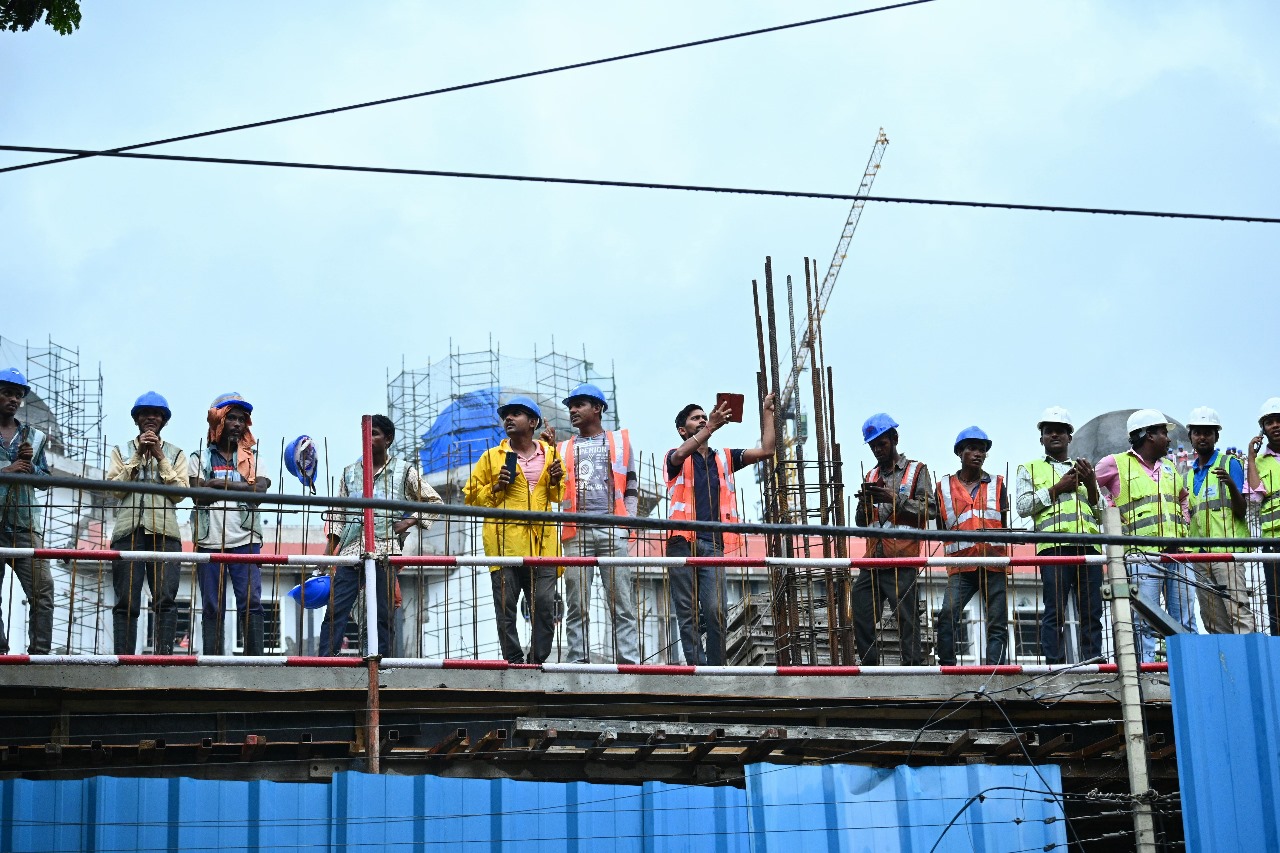Understanding das 140is essential for building professionals who want to ensure their projects meet high standards of acoustic performance. Whether you are an architect, contractor, or project manager, knowing the ins and outs of DAS 140 will help you design, construct, and evaluate buildings that provide excellent sound insulation.
What is DAS 140?
DAS 140 is a standardized measurement system used to evaluate the sound insulation of building elements, particularly walls, floors, and ceilings. The standard is recognized internationally and provides a consistent way to measure airborne sound reduction in residential and commercial buildings. For building professionals, adhering to DAS 140 guidelines ensures that spaces meet both regulatory requirements and occupant expectations.
Importance of DAS 140 in Building Projects
Incorporating DAS 140 into building design and construction has multiple benefits. First, it helps maintain privacy between rooms by reducing the transmission of noise. Second, it enhances comfort in residential and commercial spaces, making them more appealing to occupants. Third, compliance with DAS 140 can prevent costly renovations or disputes after project completion. By understanding DAS 140, building professionals can make informed decisions about materials and construction techniques.
Key Components of DAS 140 Testing
DAS 140 testing involves several critical components. Sound is measured using specialized equipment in a controlled environment. The main elements include the test room, sound sources, receivers, and measurement procedures. Building professionals must ensure that these components are properly implemented to get accurate DAS 140 results. Understanding how each part contributes to the overall measurement can guide decisions about wall assemblies, insulation, and floor systems.
DAS 140 Ratings and What They Mean
DAS 140 ratings are expressed in decibels (dB) and indicate how effectively a building element reduces airborne sound. Higher DAS 140 values signify better sound insulation. For example, a partition with a DAS 140 rating of 55 dB performs better than one rated at 45 dB. Building professionals use these ratings to select appropriate construction materials and assemblies for different applications, from multi-family housing to office buildings.
Materials and Construction Techniques for DAS 140 Compliance
Achieving high DAS 140 ratings requires careful selection of materials and construction methods. Materials like dense drywall, acoustic insulation, and resilient channels are commonly used. Techniques such as staggered stud walls, double-layer drywall, and airtight sealing can significantly improve DAS 140 performance. Building professionals should consider the combination of materials and methods to meet or exceed project requirements.
Benefits of DAS 140 for Residential Buildings
In residential buildings, DAS 140 compliance improves the quality of life for occupants. Reduced noise transmission between apartments or rooms creates a more peaceful environment. This is particularly important in high-density housing, where privacy and comfort are critical. By prioritizing DAS 140, developers and contractors can enhance the value of their properties and ensure occupant satisfaction.
Benefits of DAS 140 for Commercial Buildings
For commercial buildings, DAS 140 contributes to productivity and customer experience. Offices, conference rooms, and retail spaces benefit from reduced noise levels, allowing for better communication and concentration. Restaurants and hotels can provide more comfortable environments by following DAS 140 standards. Building professionals who implement DAS 140 solutions demonstrate a commitment to quality and professionalism.
DAS 140 and Regulatory Compliance
Many local building codes reference DAS 140 standards for sound insulation. Adhering to these guidelines ensures that your projects pass inspections and meet legal requirements. Building professionals should stay updated on regulations involving DAS 140, as compliance can prevent delays and fines. Additionally, documenting DAS 140 test results can serve as proof of quality during project handovers.
Tips for Achieving Optimal DAS 140 Performance
To optimize DAS 140 performance, building professionals should:
- Use high-density materials for walls and floors.
- Implement resilient construction techniques such as staggered studs.
- Seal gaps and openings to prevent sound leakage.
- Conduct pre-construction modeling to predict DAS 140 outcomes.
- Perform post-construction testing to verify compliance.
By following these steps, you can ensure that your buildings meet or exceed DAS 140 standards, providing lasting value to clients and occupants.
Conclusion
DAS 140 is a vital standard for building professionals focused on acoustic performance. Understanding its principles, testing procedures, and applications allows you to design and construct buildings that are quieter, more comfortable, and compliant with regulations. From residential apartments to commercial offices, DAS 140 ensures superior sound insulation and improved occupant satisfaction. By integrating DAS 140 into your projects, you demonstrate expertise and commitment to high-quality construction practices.





